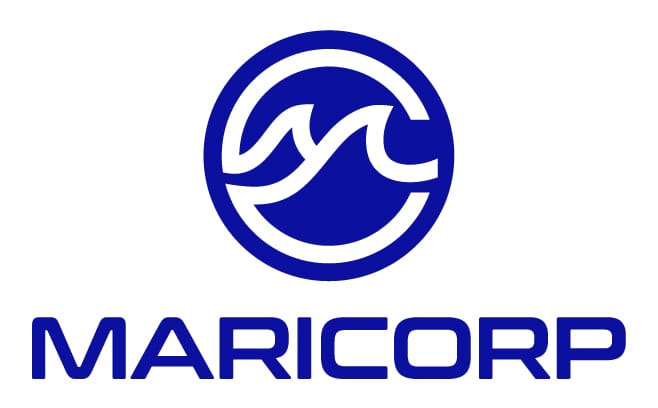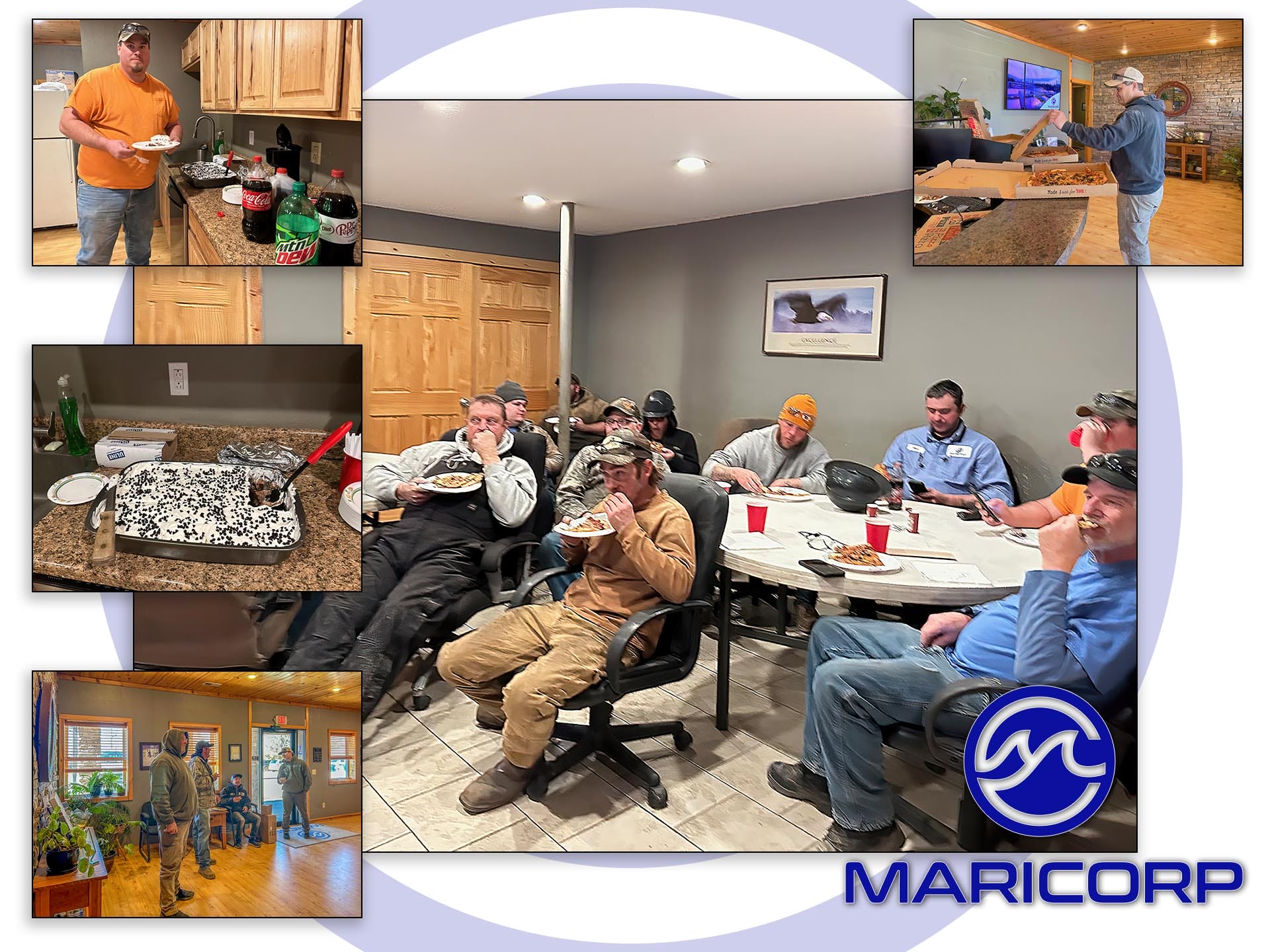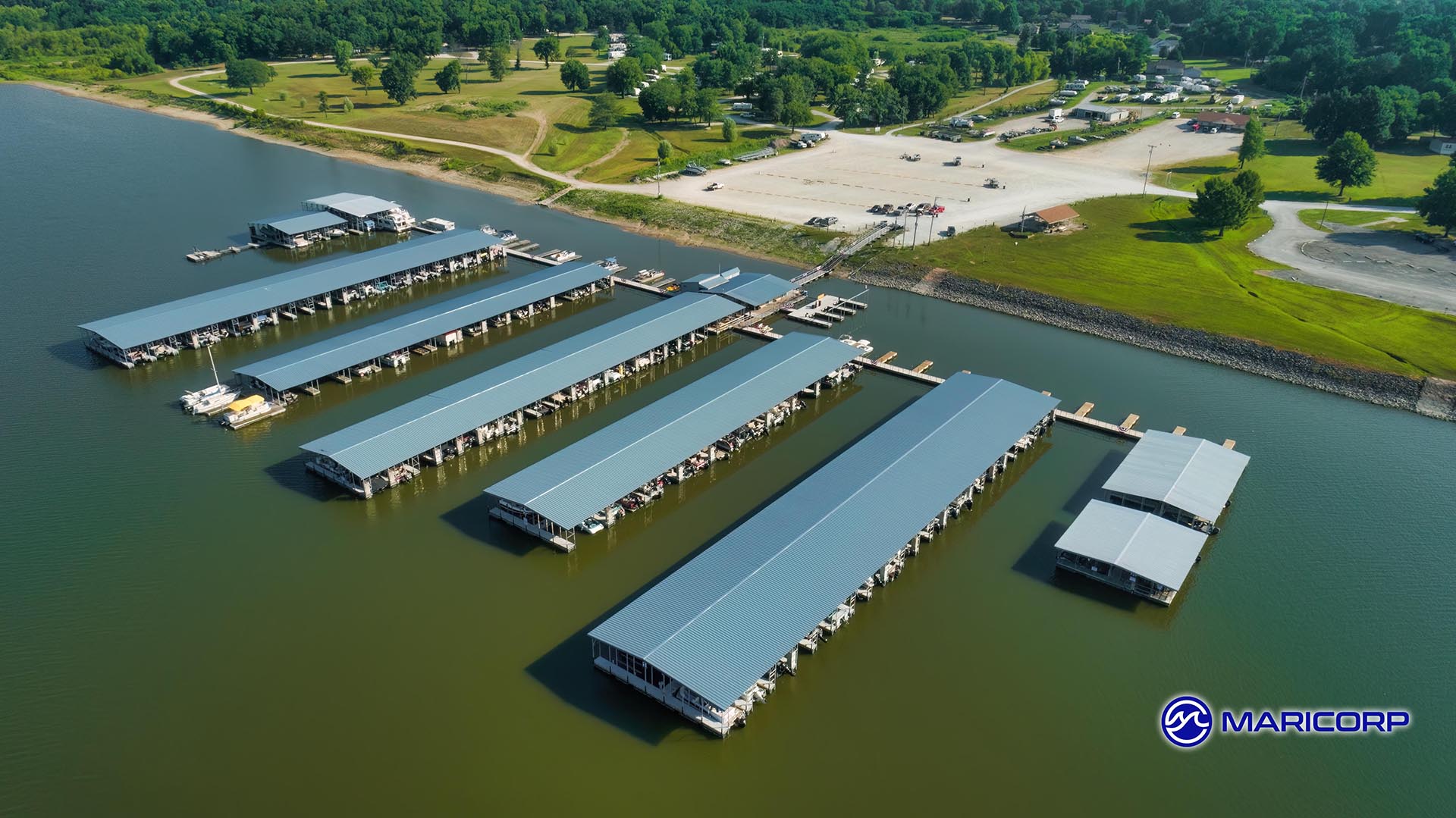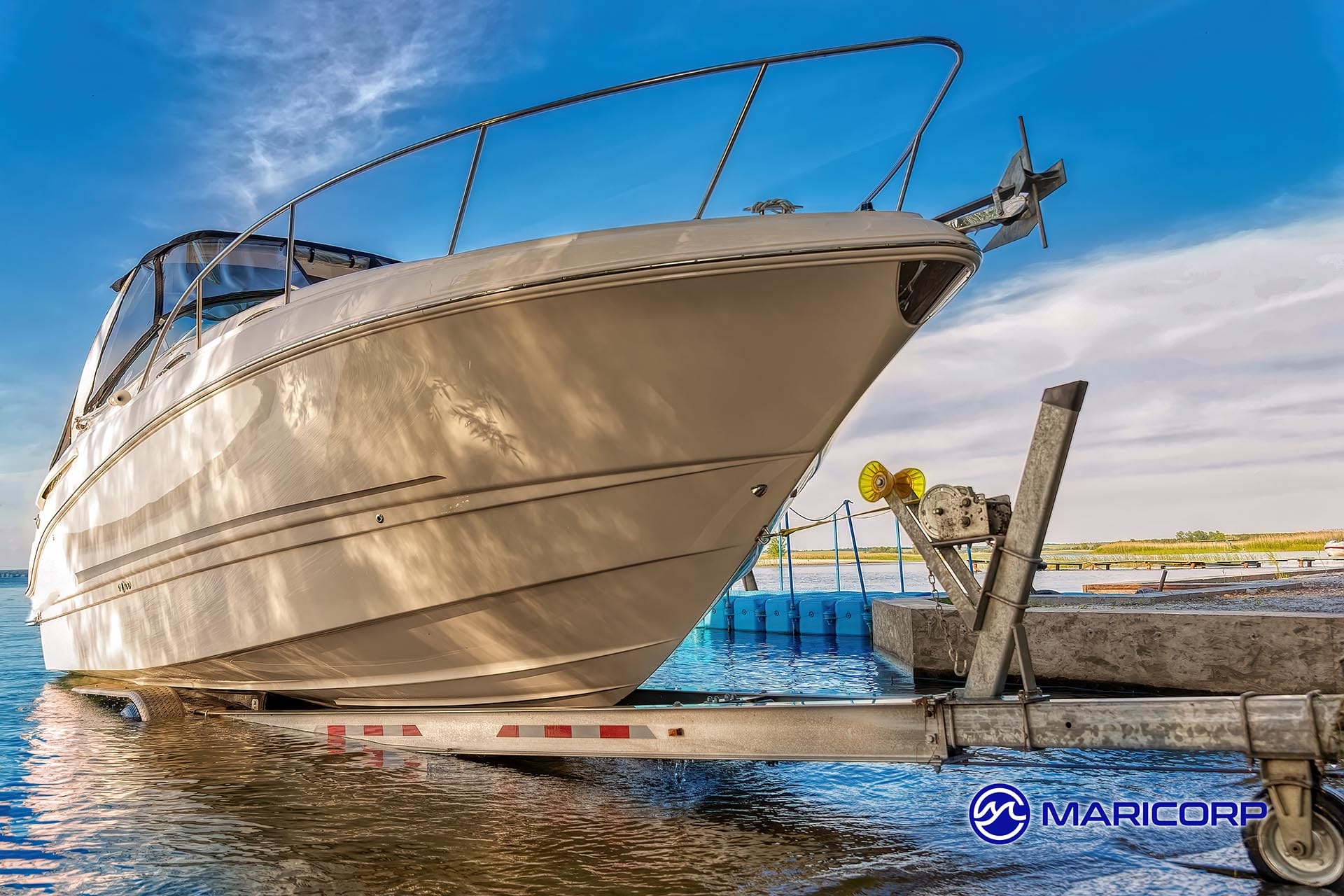5 MARINA SAFETY PROGRAMS & TIPS
When disaster strikes on the water, the best course of action is to be prepared, and safety minded marinas can help by having marina safety programs in place.
Fortunately, there are a variety of marina safety programs and practices to help make the boating experience safe and enjoyable. Many marina owners participate in some, if not all of these programs, and new ones are being introduced each year. By being proactive and endorsing these safety initiatives and principles, you build up customer confidence and trust in your marina because they know you have their safety in mind.
1. DESIGNATED SKIPPER
Launched in May of 2015, the Designated Skipper follows in the footsteps of the Designated Driver program. An individual is encouraged to take the pledge to remain sober at all times while on the water and to be responsible for the vessel and passengers. Marina owners can download promotional materials or order a free Designated Skipper Kit with enough materials for 100 people. Sponsored by the Sea Tow Foundation, the free kit includes stickers, wristbands, coasters and other items. Visit the Sea Tow Foundation for more information.
2. LIFE JACKET SAFETY
The Life Jacket Loaner Program has been going strong for nearly two decades. This program ensures a simple way for parents to borrow child sized life jackets. More than 50,000 life jackets are loaned out every year. Participating marinas receive life jackets, storage for the life jackets and promotional materials, all at no cost. Interested marina owners can apply on the BoatUS Foundation website.
3. PERSONAL LOCATOR BEACONS
Another safe boating practice is to carry a personal locator beacon on the life jacket at all times. A properly registered beacon, when activated, will send an emergency signal to the Coast Guard via satellite system with your exact GPS coordinates for a rescue. Additionally, modern inflatable life vests encourage boaters to use personal flotation devices. These new low profile vests overcome many reasons boaters are hesitant to wear the bulky traditional life jackets. By offering these and similar boating accessories in a ship’s store, boaters will be able to choose what suits their needs best. More information can be found at the Safe Boating Council website.
4. SAFETY CHECKLIST
Required by larger boats, a safety checklist may sound like an obvious precaution, but keeping free checklist available for boaters with the local state requirements and guidelines can help motivate owners of smaller boats to take the added precaution. Many of these materials can be downloaded at no cost. A free safety checklist can be downloaded at the Coast Guard Foundation website.
5. FLOAT PLAN
Finishing off the our list of safety programs and tips is the venerable Float Plan. Promoted by the United States Coast Guard, the Float Plan is a simple document filled out with basic information about your boating trip. The plan includes a description of the boat and equipment, who is on board, emergency contact information, where they are going, when they expect to arrive and when they expect to come back. This document is left with someone on shore, but many marinas offer to keep them for anyone interested in filing one.
The Float Plan also includes emergency contact information for everyone on board so the marina can notify the Coast Guard in the event of an emergency. Follow this link for tips on filing a Float Plan.Though by no means an exhaustive list, these tips and programs can help educate your marina customers, as well as validate your marina as a safety conscious business with their best interests in mind.
Additional safety articles:








